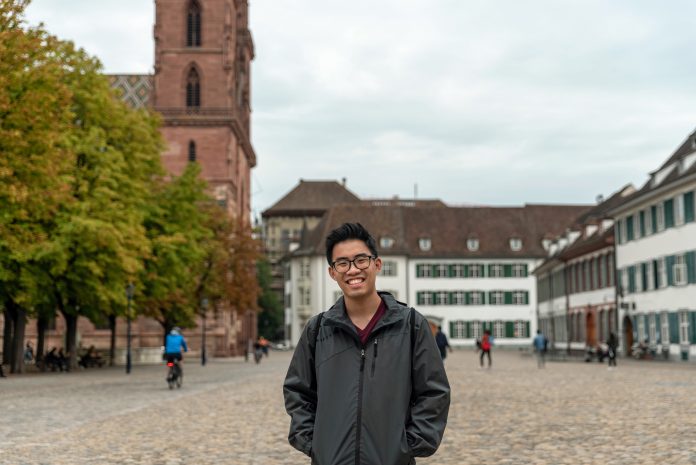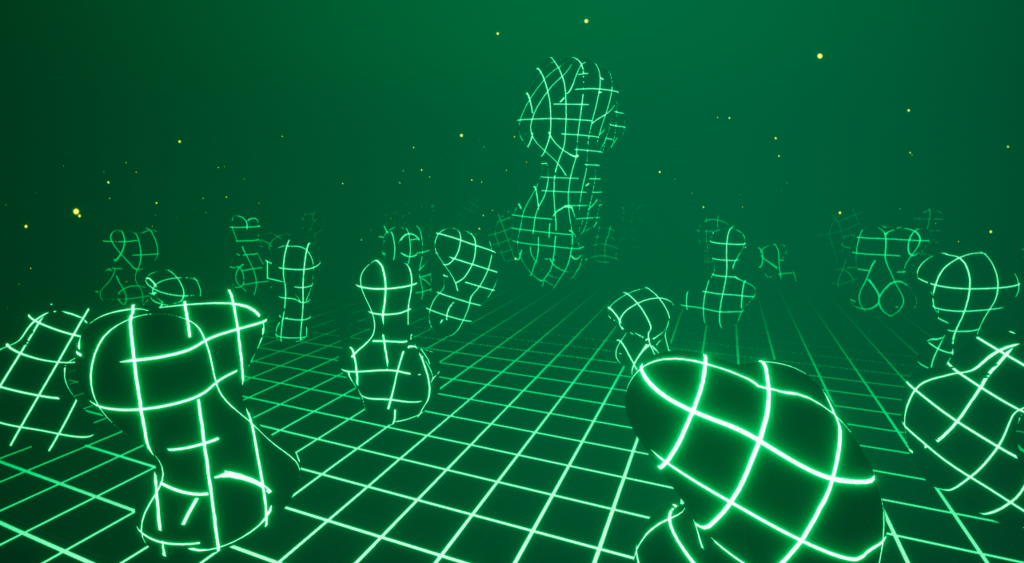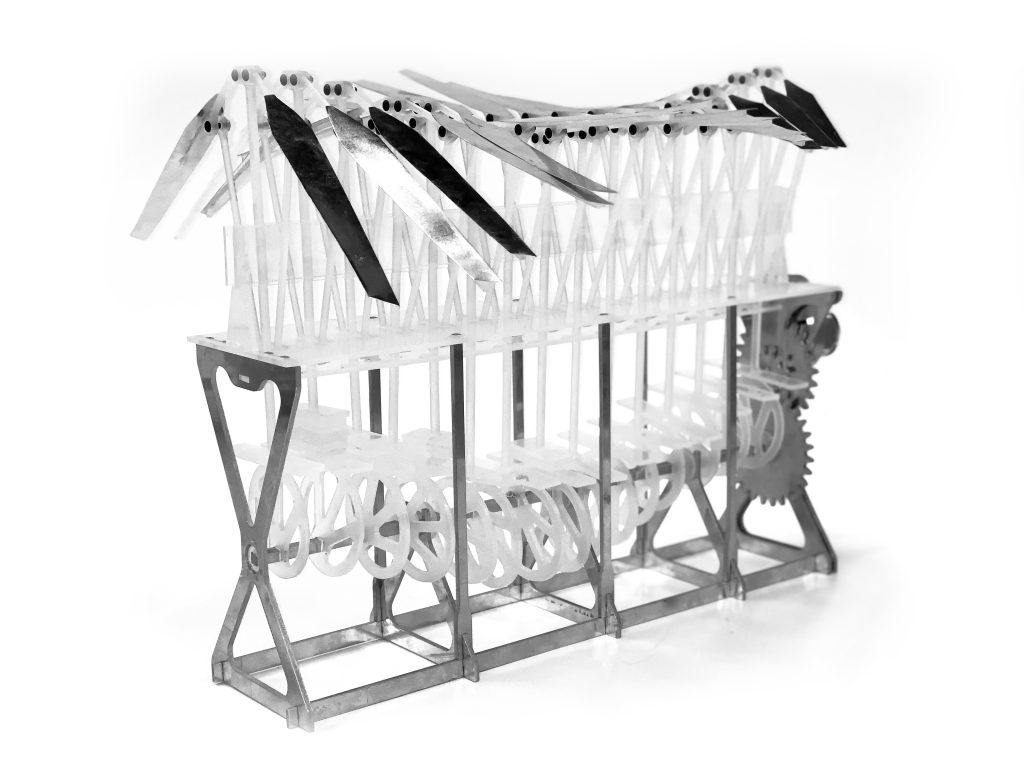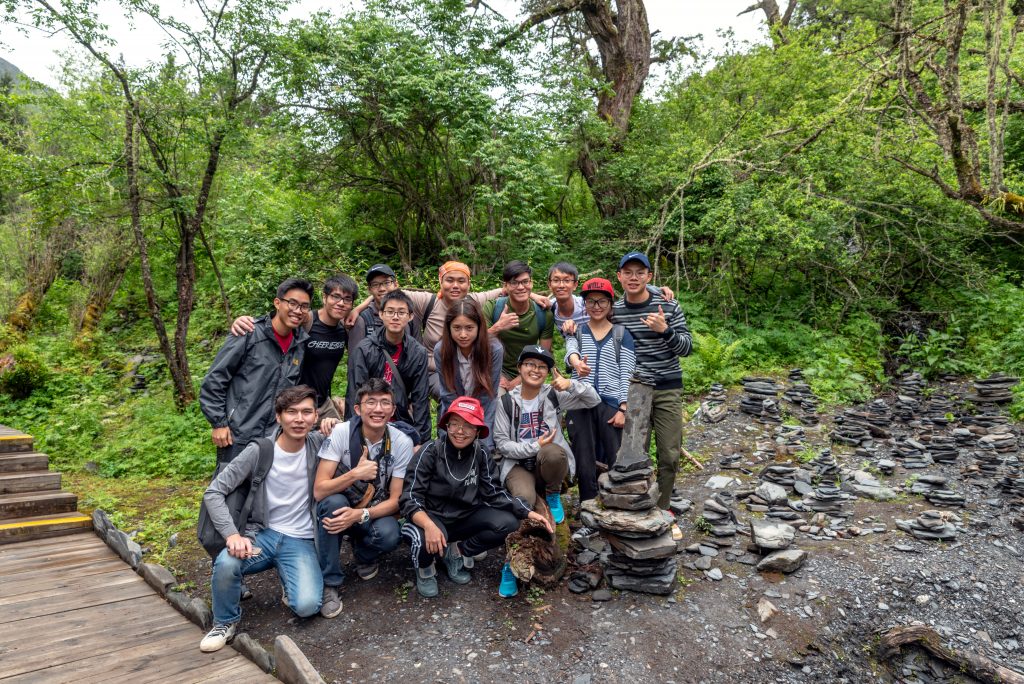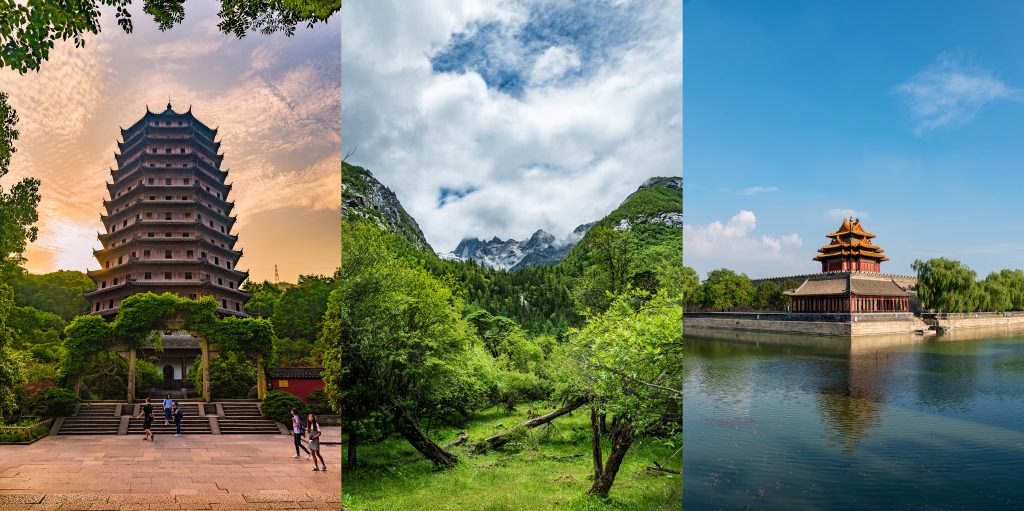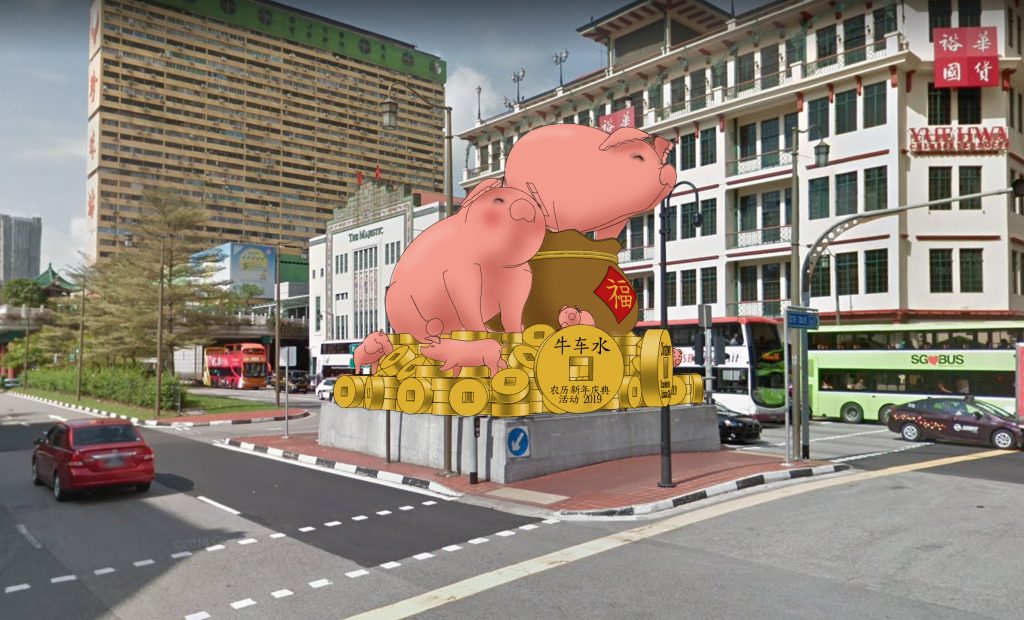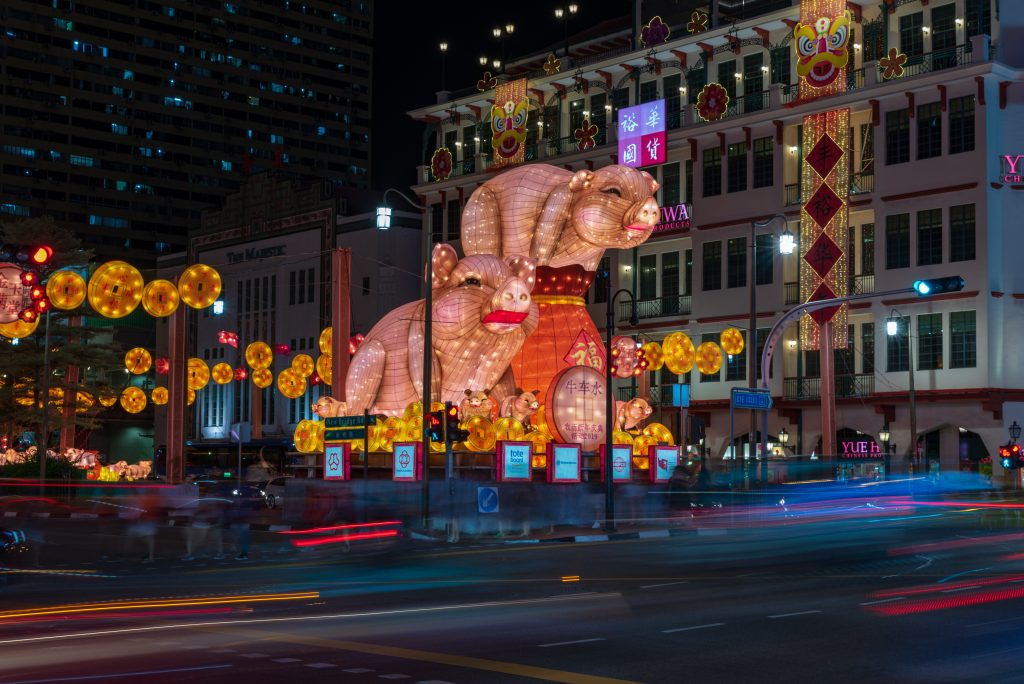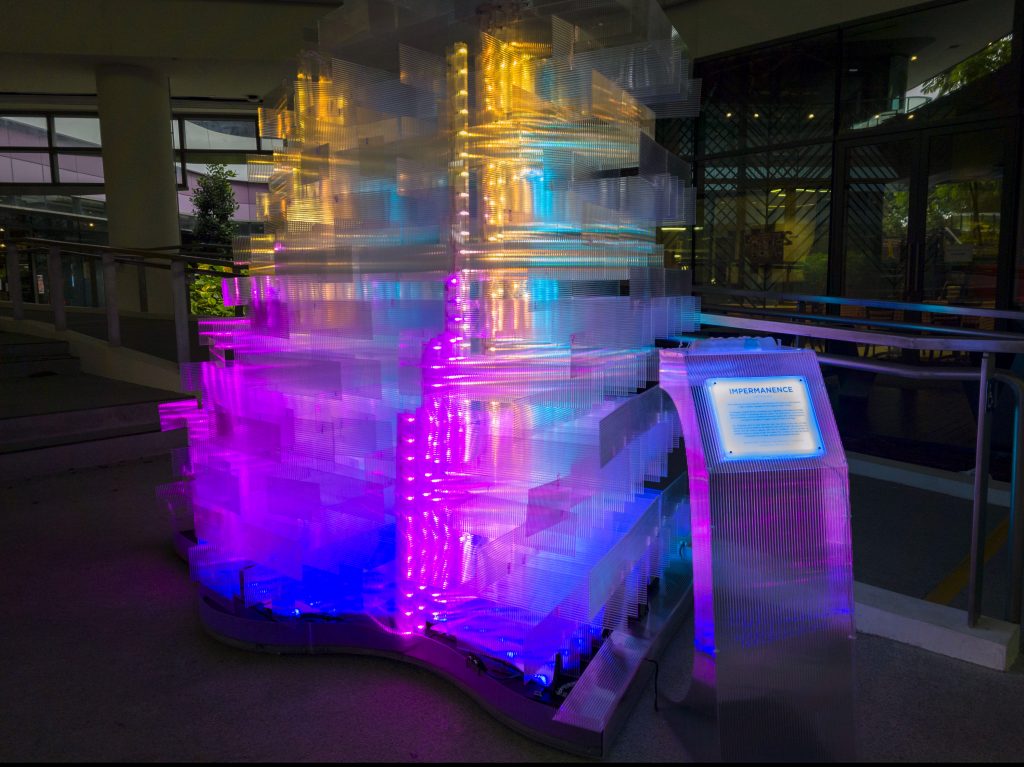What do data-driven designs, 3D printing, and AR/VR technologies have in common? Why, they’re all tools of the trade of the new-age architect.
Benjamin Chong
Senior-year Architecture and Sustainable Design student
Why did you choose to study at the Singapore University of Technology and Design (SUTD)?
SUTD allows me to pursue architecture through the lens of technology and parametric design. I also have the opportunity to collaborate with my peers from other specialisations, which will help me with my career in the future. As a self-taught graphic designer, photographer and maker, I feel that I’m able to pursue all my passions through the various academic and co-curricular activities in SUTD.
Why did you choose to pursue a Bachelor of Science (in Architecture and Sustainable Design) at SUTD?
At SUTD, I can combine data-driven techniques with spatial design to create new forms of architecture. As ASD students, we’re also taught and encouraged to use forward-thinking approaches in architectural education. For example, we see virtual reality (VR) and augmented reality (AR) technologies not just as design tools, but also as new ways of experiencing space.
Will you be pursuing the Master of Architecture at SUTD? If yes, why did you choose to continue your studies and pursue your Master at SUTD?
Yes, I’ll be pursuing a Master of Architecture degree at SUTD. I chose to continue my studies at SUTD as I’m on a scholarship, which means I can’t study overseas. With that said, it’s also difficult to pursue my studies abroad given the current pandemic situation.
Which architecture module/electives/classes stood out for you and why?
In our ASD Core Studio 2, we had the opportunity to explore the potentials of virtual and augmented reality – two innovative technologies that explores architectural issues beyond the physical world. The course taught me to understand the threshold between the real and virtual, and how new spatial experiences can be layered upon each other. More companies are also starting to offer internships with virtual reality software experience as a requirement – proof that this core studio has relevant and direct applications to my future career.
Another course, Digital Design and Fabrication, allowed us to explore different fabrication techniques via hands-on projects. We learnt different production methods ranging from silicone molding and concrete casting, to CNC milling and 3D printing. This course challenged the way I understood material properties, and I was able to apply this newfound knowledge to produce interesting physical artefacts that addressed the design briefs.
Could you describe your studio (term 6 to 8) experiences? How are learning and life like in the studio?
The concept of a studio space is unique to design courses such as architecture. Having a desk space to do our work is great, but the real benefit is the proximity to my peers which allows for a more conducive working experience. We can bounce ideas of one another, get inspiration from others’ works, and chill out together during breaks.
Studio life is an invaluable part of the architectural experience. I think it’s unfortunate that some people don’t see the value of studio culture, and with the current work-from-home situation, studio culture may disappear altogether. Perhaps it will never be the same again.
How do you think incorporating data science and design computation into architecture education helps you to create architecture designs that are more human-centric and sustainable?
Data-driven architecture allows architects to incorporate environmental factors, user occupancy, as well as other information to create more complete and holistic designs. This combination of data and technology, with architectural experience, allow ASD students to optimise designs and make insightful decisions in the architectural design process. In the Architectural Energy Systems course, we learnt how to utilize environmental analysis software to evaluate a variety of parameters of a chosen site, such as sun path, solar radiation , wind velocity and rainfall. This allows us to design mixed-use interventions to leverage on passive (or natural) cooling and heating strategies.
What were your takeaways from these classes – HASS, Intro to Design, The Digital World, Modelling the Systems World, and Engineering in the Physical World during your freshmore terms?
Our freshmore classes cover a diverse range of topics, and incorporate math, science and design. This exposes us to the different disciplines and help us decide where our interests lie (we don’t have to confirm our specialisation until the end of our freshmore year in term 3).
With my math and science background, some of the freshmore subjects were not new to me. Still, I feel that this helps us to build a good foundation in order to better understand basic programming, creative problem solving and the design process experience.
Tell us more about your overseas experiences (e.g. SUTD Global Leadership Programme, summer programmes, ASD summer programmes, overseas competitions). Which was the most memorable for you?
I had the opportunity to take part in the Global Leadership Programme – besides experiencing the local culture and food, I also went on weekly architectural field trips and collaborated on an architectural project in a historical site. For example, we visited architectural and cultural sites ranging from the Chinese Academy of Arts and Tangqi Ancient Town, to tea gardens and the Xihu Lake District. Our project was situated in the archaeological ruins of Liangzhu City, where we designed a portable, pre-fabricated research lab and tourist rest point.
On weekends and recess weeks, we travelled around China, to Shanghai, Beijing, even going as far as Sichuan. We climbed mountains, trekked through valleys, and stayed with the locals. As a photographer, it was really an eye-opening journey for me to experience the incredible landscape and atmosphere, and I even had the chance to witness a lunar eclipse!
What are some the meaningful projects that you’ve worked on? What were the top lessons/takeaways you gained from them? How do you think studying at SUTD has given you more opportunities to work on meaningful and interesting projects?
I had the opportunity to work on many projects of vastly different scales. An example of a large project would be the Chinatown Chinese New Year Light Up in 2019, for the Year of the Pig. As a team, we were tasked with developing the overall theme of the installations, which stretched the length of Eu Tong Sen Street and South Bridge Road.
For the individual design elements, we split the work amongst the members. I was in charge of the concept design for the eight-metre-tall centerpiece. This experience taught me more about the history and culture of Chinese New Year from Singaporeans’s perspectives, and gave me an opportunity to work with government agencies and contractors to create an iconic centerpiece for Chinatown.
In terms of the opportunities that SUTD has given me, my team members and I designed a light installation for the Singapore Night Festival for our Capstone Design project. As part of the project’s multi-disciplinary focus, I worked together with my peers from the Engineering Product Development specialisation to design and build an installation inspired from the rich history of the Bras Basah-Bugis district. Our final product was a modular, parametrically-designed structure which can interact with visitors via lights and sounds.
What are your plans for the future, maybe five years down the road? How do you think SUTD has prepared you for your career, and to deal with the uncertainties in the future?
I hope to still be working in the built environment sector as an architect, designing sustainable buildings for Singapore. Education is not about teaching the skills we need today; it’s about teaching skills that we need tomorrow. I think SUTD’s willingness to take that step to see beyond allows us to gain industry-relevant experience and skills even before we graduate.
Thinking about applying to SUTD?
Missed our Open House talks? Rewatch the sessions here.
#whySUTD? We’re glad you asked – here’s why!
It can be hard to ask the right questions that will help you to decide which university to join, so we’ve compiled a list of FAQs for you here.




















